Strategy
SHARE PRICE
STORES
0
PORTFOLIO VALUE
£
0
bn
WAULT
0
years
Supermarket Income REIT (LSE: SUPR) is dedicated to investing in supermarket property forming a key part of the future model of UK grocery.
A key pillar of our investment strategy is to invest in omnichannel stores. Omnichannel supermarkets provide in-store shopping, but also operate as last mile, online grocery fulfilment centres for both home delivery and click and collect.
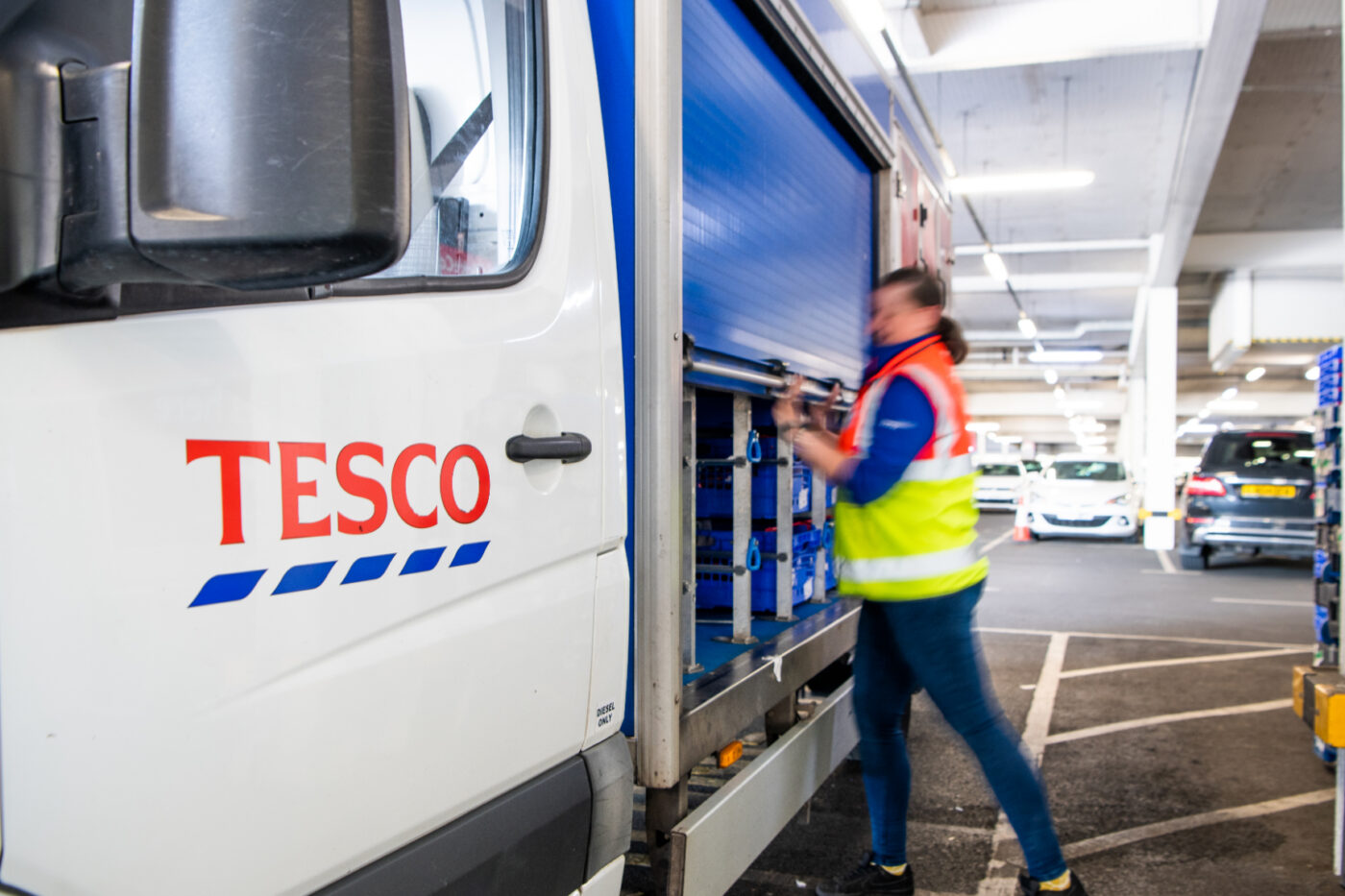
We have handpicked the UK’s leading portfolio of supermarket investment assets. We are the largest landlord of omnichannel grocery stores in the UK, offering a combination of attractive, secure and growing income with potential for long term capital growth.
Our strategy is aligned with the future model of UK grocery: capitalising on the long-term structural trend toward growing omnichannel operations.
Our investment strategy is simple. We seek to own and actively manage a leading portfolio of handpicked, high-quality supermarkets which deliver low-risk and growing income returns that are resilient through economic cycles. This is achieved through a focus on omnichannel stores, critical to the operations of the UK’s leading grocers.
The grocery market is changing. The developing online market adds a new dimension to the long established, traditional grocery market. Fulfilment of online orders relies on a network of existing, omnichannel stores. These act as distribution hubs for online business, enable click and collect and also fulfil traditional in-store shopping.
For the operator. The economies of scale resulting from a near doubling in online grocery penetration has halved delivery costs from omnichannel stores. Store picking productivity (pick and pack rates per hour), is approaching equivalence to highly automated centralised fulfilment centres (CFCs). However, the distributed nature of the omnichannel stores means that they are usually far closer to customers than CFCs, resulting in increased delivery efficiency and lower delivery costs. Omnichannel stores facilitate seamless integration across both online and offline sales channels and can adjust capacity rapidly to cater for changing consumer behaviour.
For the customer. Adding online fulfilment to a store also creates a better in-store experience for the customer. Increased turnover (from online) leads to much fresher produce on the shelves. Picking in-store to send for delivery also means there are more staff members on the shop floor to help customers. Omnichannel stores tend to score higher on customer satisfaction surveys. This increase in satisfaction can eventually lead to an increase in physical store sales.
This virtuous circle effect of an omnichannel supermarket is driving the global convergence towards omnichannel being the optimal future model of grocery.
We aim to own supermarkets that we believe will be sustainable as grocery sites for the long term. We characterise these ‘future-proofed supermarkets’ by the following features:
- Aligned with long-term market trends. Predominantly omnichannel supermarkets, operating as both physical stores, online fulfilment centres and offering click and collect.
- Up to Date. Modern, flexible buildings adapted to the omnichannel format, accommodating multiple loading bays, refrigeration units and home delivery vehicles.
- Viable. Large floor areas, capable of housing a full range of goods and providing economies of scale for the operator.
- Reliable. Let to tenants with strong covenants and established positions in the UK grocery sector.
- Strategically located. Situated in population centres close to consumers. Proximity to major road networks allows for efficient stocking of inward goods and distribution of home deliveries. It also offers convenient access for in-store shopping and click and collect.
- Truly Sustainable. Meeting the ESG criteria embedded in our investment decision-making policy.
We target tenanted standing assets – existing stores with a multi-year track record of performance. The investment is thereby income producing from the point of purchase, with the tenant remaining committed to the existing lease terms.
We aim to provide investors with a long-term and secure income stream. We acquire supermarket property with long, inflation linked leases, targeting a portfolio average of 15 years to expiry or first break. The resulting income profile of the assets allows us to target a progressive dividend – we have increased our dividend every year since IPO.
The grocery sector has proven its resilience and critical role in the UK economy through many economic cycles. During the COVID pandemic, supermarkets were able to overcome huge logistical challenges, remaining open and stocked, feeding the nation. The Big 4 were also able to scale their online delivery systems rapidly for customers because of their existing omnichannel store network. Grocery volumes and online penetration remain above pre-pandemic levels and continue to grow.
Grocery is a proven safe haven asset, operating in one of the very few non-discretionary spend sectors.
Q. Who are the largest operators in the UK grocery market?
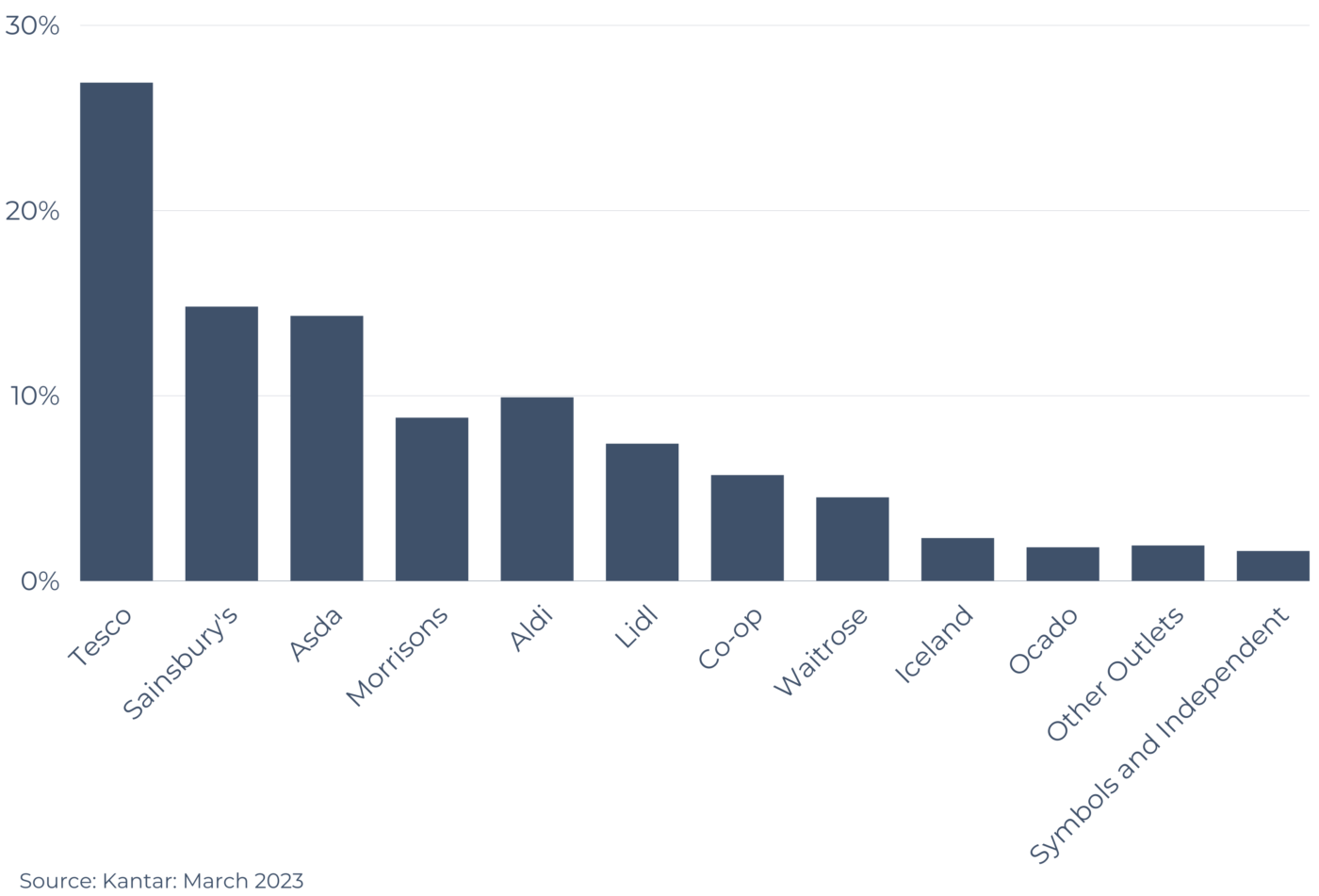
The UK market is highly concentrated, with the seven largest grocers controlling over 80% of the UK grocery space.
The UK grocery market continues to be dominated by the likes of Tesco, Asda, Sainsbury’s and Morrisons who boast a combined market share of over 65%[1]. Each of these major grocers has multi-billion-pound revenues, established consumer brands and strong credit covenants. Together, they serve customers through more than 4,450 stores in the UK[2].
These operators play an integral role in the UK market, successfully operating a strategy of price and assortment management through a multi-channel brand focused strategy.
The second largest group of operators is the lower-price grocery operators (the “Discounters”), such as Aldi and Lidl. They continue to grow through ambitious store opening plans which have captured a combined market share of approximately 16%[1]. Their lower cost, low-margin business model requires simplicity and standardisation of range, which is attractive to their customers but at odds with the fulfilment intricacies and product assortment required in online grocery.
(1) Kantar: February 2023
(2) IGD: February 2023
Q. What are the largest and fastest growing channels in the UK?
As illustrated below, the supermarket channel is the dominant sales channel in the UK grocery market and online grocery is the fastest growing.
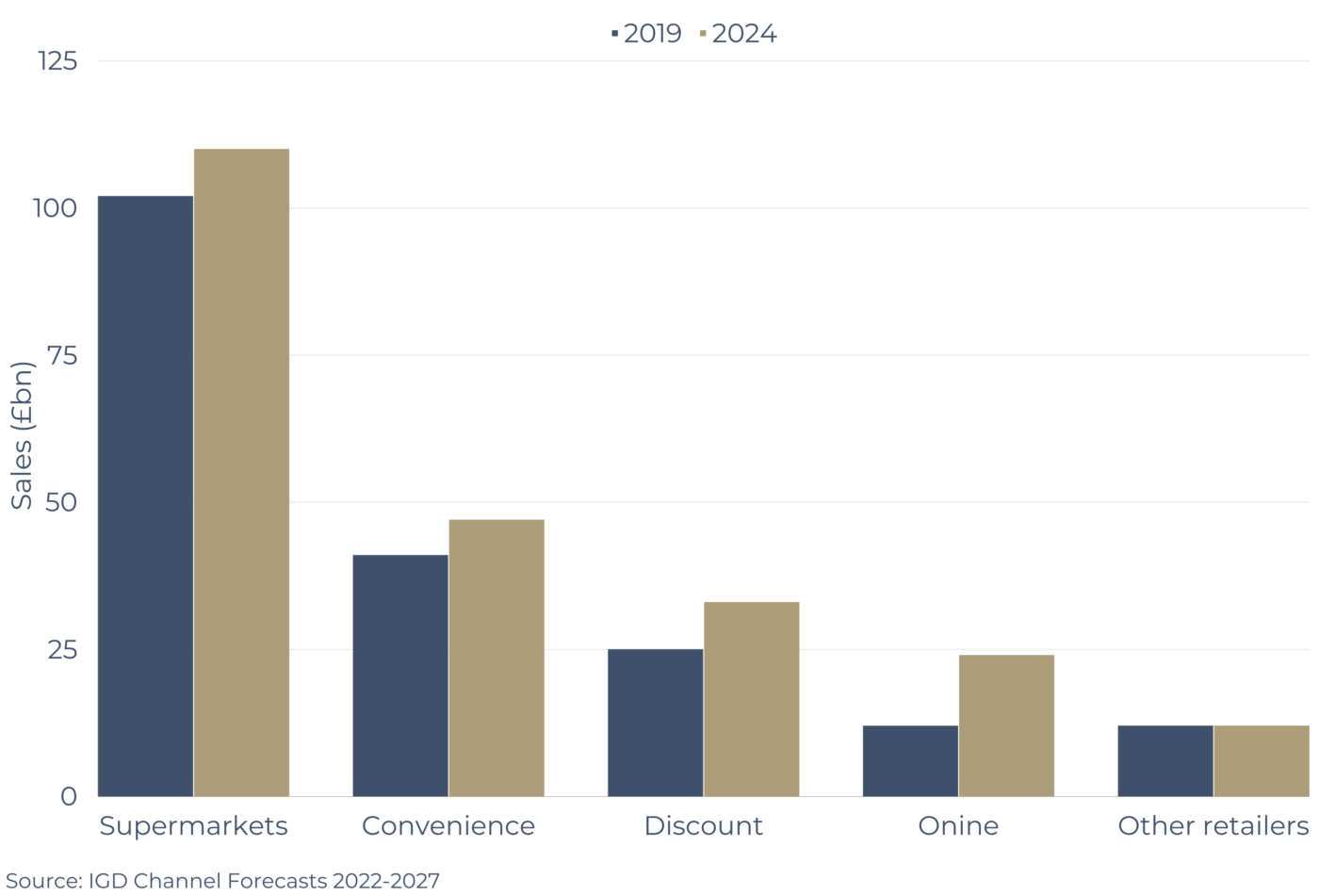
Over the last three years online grocery is up over 73% and now commands a 12% UK market share. This is up from 8% prior to the pandemic in 2019. Online ordering has now become an integrated part of the customers’ grocery shopping habits. Data from IGD shows that online grocery sales contributed over £10 billion to total UK grocery growth, materially exceeding the £5 billion growth contribution from the UK discounter channel.
Omnichannel store networks are key in meeting this increased demand for online fulfilment. The major grocers dominate the online channel with Tesco, Sainsbury’s, Asda and Morrisons having a combined 85% market share in online grocery, with over 90%[3] of their online sales fulfilled from omnichannel supermarkets.
Combining in-store supermarket sales (the most dominant channel) with online fulfilment (the fastest-growing channel) sees around 60% of all UK grocery market sales fulfilled through omnichannel supermarkets. This has resulted in like-for-like sales growth of 13% for omnichannel supermarkets. This sales growth means the Company’s rents are highly affordable and we expect market rents in the omnichannel asset class will exceed wider supermarket market rents.
(3) Atrato Capital Research
Q. What is a typical supermarket lease structure?
Supermarket lease agreements are often long dated and inflation linked. Original lease tenures range from 15 to 30 years without break options. Rent reviews often link the growth in rents to an inflation index such as RPI, RPIX or CPI (with caps and floors), or, alternatively, may have fixed annual growth rates or open market rent reviews.
An open market review means that the rent is adjusted (usually upwards only) to reflect the rent the landlord could achieve on a letting in the open market. Such rent reviews take place either annually or every five years, with the rent review delivering an increase in the rent at the growth rate, compounded over the period.
Landlords usually benefit from “full repairing and insuring leases”. These are lease agreements whereby the tenant is obligated to pay all taxes, building insurance, other outgoings and repair and maintenance costs of the property, in addition to the rent and service charge.
Operators often have the option to acquire the leased property at the lease maturity date at market value. Furthermore, to ensure that the operator does not transfer its lease obligation to other parties, assignment of the lease by the tenant is restricted.
01.
01.Traditional in-store
01.Traditional in-store
The traditional in-store weekly shop accounts for over 60% of all UK grocery sales and is the dominant channel for customers acquiring groceries. Each month the average UK household will spend over £400 on groceries, with a total grocery retail market value of over £242 billion annually which is fulfilled from the UK’s network of over 4,450 supermarkets.

02.
02.Click and collect
02.Click and collect
Click and collect now represents a significant portion of the online grocery market and is expected to continue to grow year on year due to its convenience for customers. Operators continue to invest in modern click and collect systems, offering dedicated drive throughs with number plate recognition, to enhance the customer experience. Omnichannel supermarkets enable operators to offer click and collect to their customers at convenient, local sites.
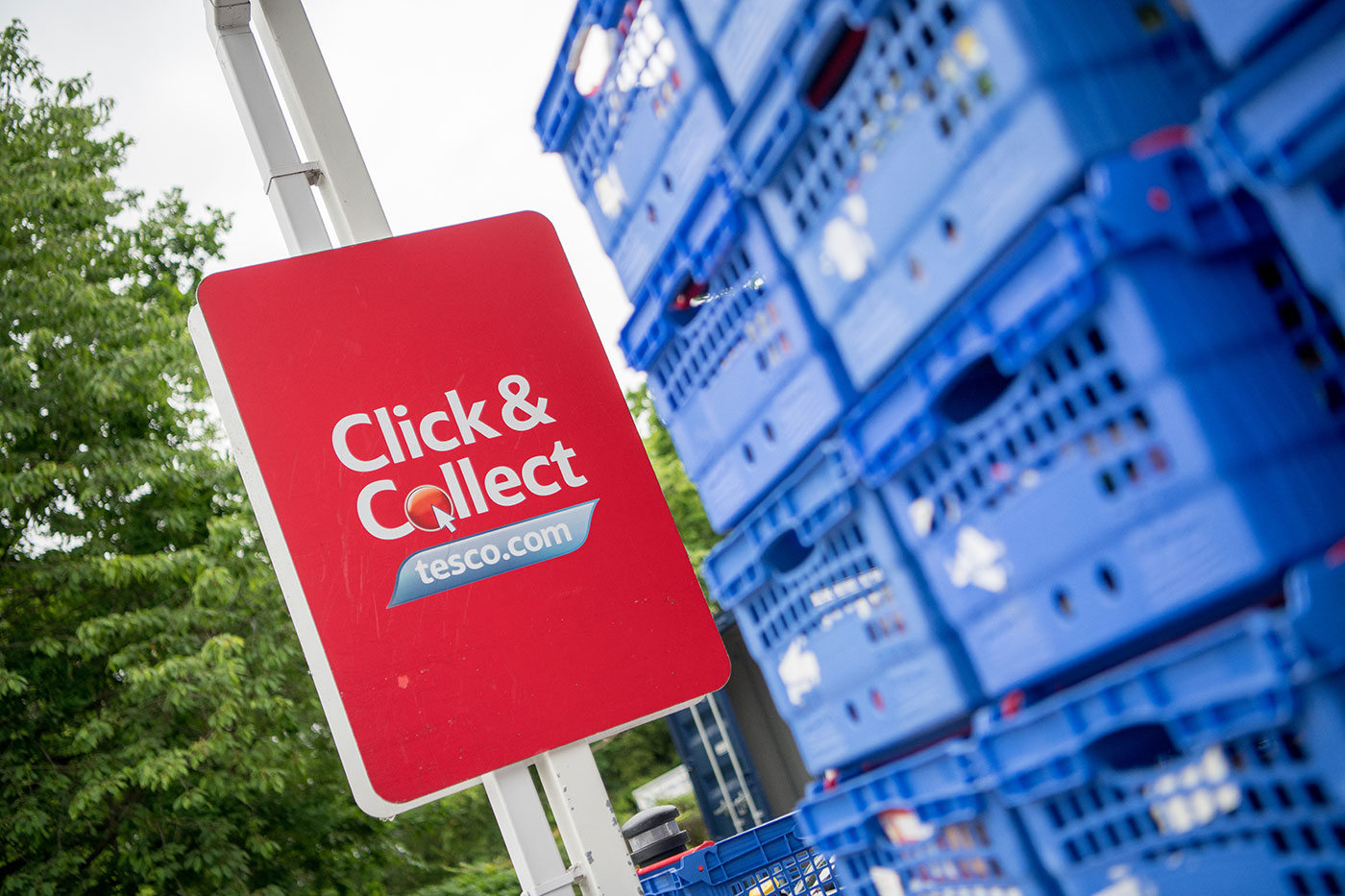
03.
03.Home delivery
03.Home delivery
Delivering grocery from a well located omnichannel supermarket achieves a game changing saving in the cost of online fulfilment. Delivery cost is the dominant factor in online grocery fulfilment costs. Omnichannel stores have been proven to be the optimal method of online fulfilment due to their proximity to customers, reducing delivery time and cost.
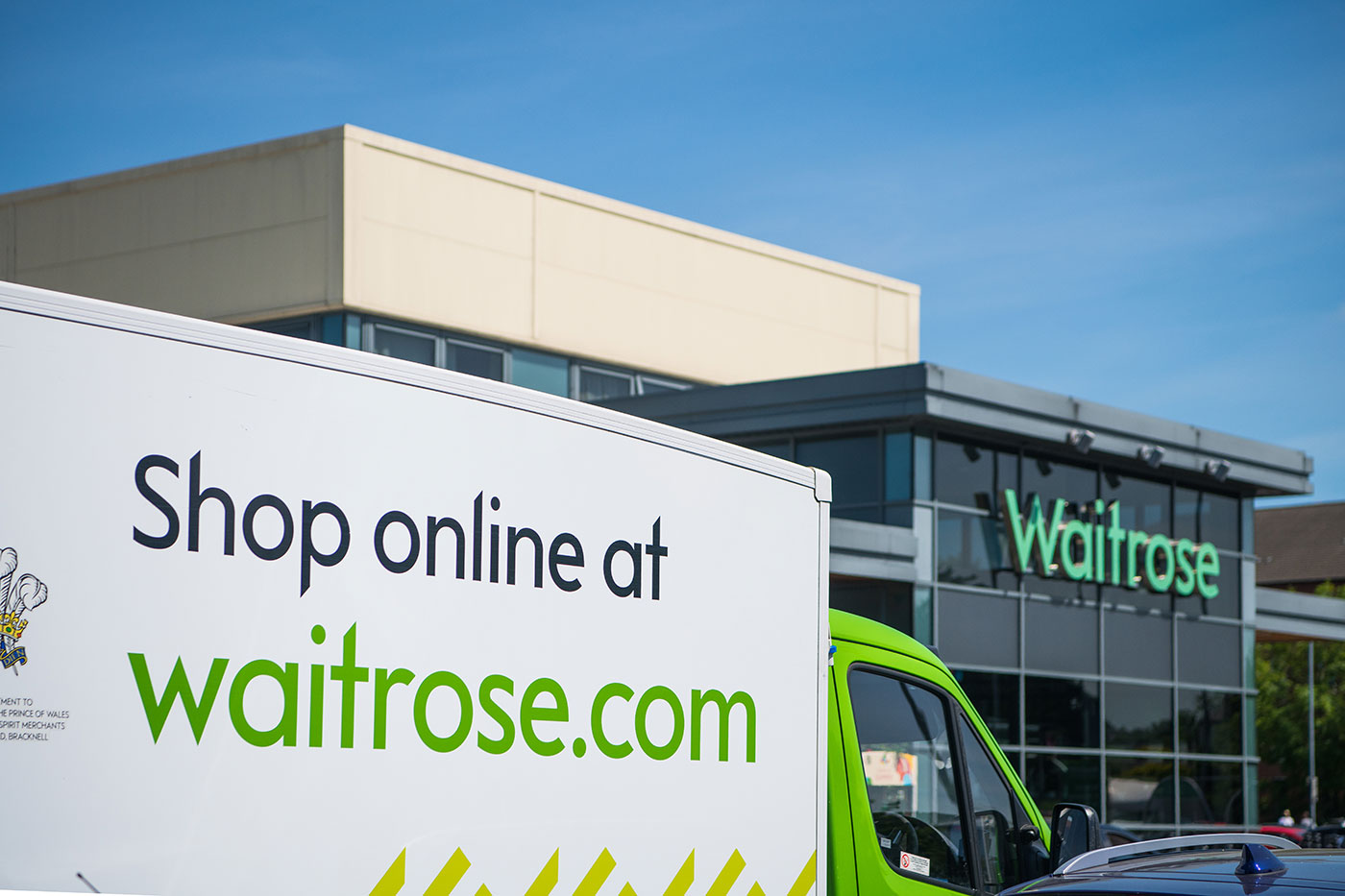
Sainsbury’s, Melksham
SUPR acquired the Sainsbury’s in Melksham in January 2021 for £35.1m. The store was originally developed in 1997 and was subsequently extended and refurbished in 2011. The store houses a purpose-built online fulfilment facility which supports Sainsbury’s online grocery deliveries across the region. The store services in-store shoppers with parking provisions for 290 vehicles and an 8-pump petrol filling station.
Tesco, Newmarket
SUPR acquired the Tesco superstore in the market town of Newmarket in July 2020 for £61.8m. The omnichannel store is situated on a 9.2-acre site including a 12-pump petrol station as well as 654 parking spaces. The net sales area of the property is 68,421 sqft. There is an online fulfilment facility operating 10-12 home delivery vans and the ability to operate a click and collect system.
Sainsbury’s, Ashford
SUPR acquired the Sainsbury’s supermarket in Ashford in August 2017 for £79.8m. The store was originally developed in the early 1990’s and subsequently extended and refurbished in 2011. The store has a net sales area of 71,732 sqft as well as a parking provision for over 700 vehicles and a petrol filling forecourt. It has a purpose-built online fulfilment facility which fulfils the omnichannel shopping model and enables the store to service a large catchment of shoppers both online and in-store.
M&S and Aldi, Liverpool
SUPR acquired an Aldi and an M&S Foodhall on the same site in Liverpool in August 2021 for £10.2m combined. Both stores opened in 2016 and share access to 120 parking spaces. The Aldi store has a net sales area of 13,000 sqft, and the M&S has a net sales area of 10,000 sqft. Both service a large catchment in an ideal location.
We manage a unique portfolio
Our handpicked, geographically diverse portfolio is a critical part of the UK’s feed the nation infrastructure.
Key shareholder information including latest results and news announcements, share and dividend centre, consensus and research and key events
Details of our investment strategy, key characteristics, asset management and market backdrop
Latest News
£34.7 million Supermarket Acquisition
We are delighted to announce the acquisition of a @Tesco in Stoke-on-Trent, Staffordshire, for £34.7 million / 7.5% NIY.
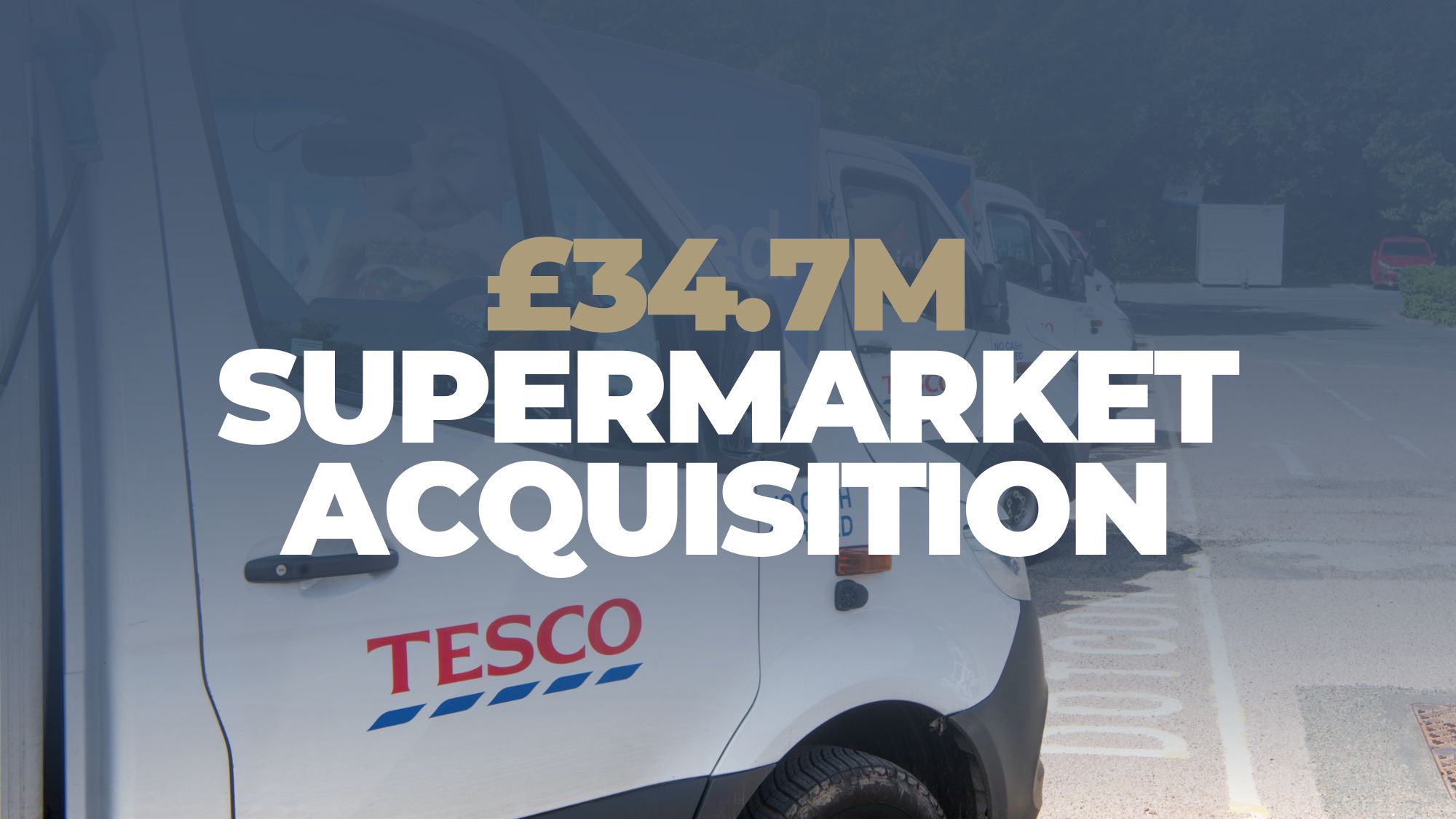
READ MORE
March 22, 2024
Fitch Affirms Supermarket Income REIT plc at ‘BBB+’; Outlook Stable
Fitch Ratings has affirmed Supermarket Income REIT plc's Long-Term Issuer Default Rating at 'BBB+' with a Stable Outlook.
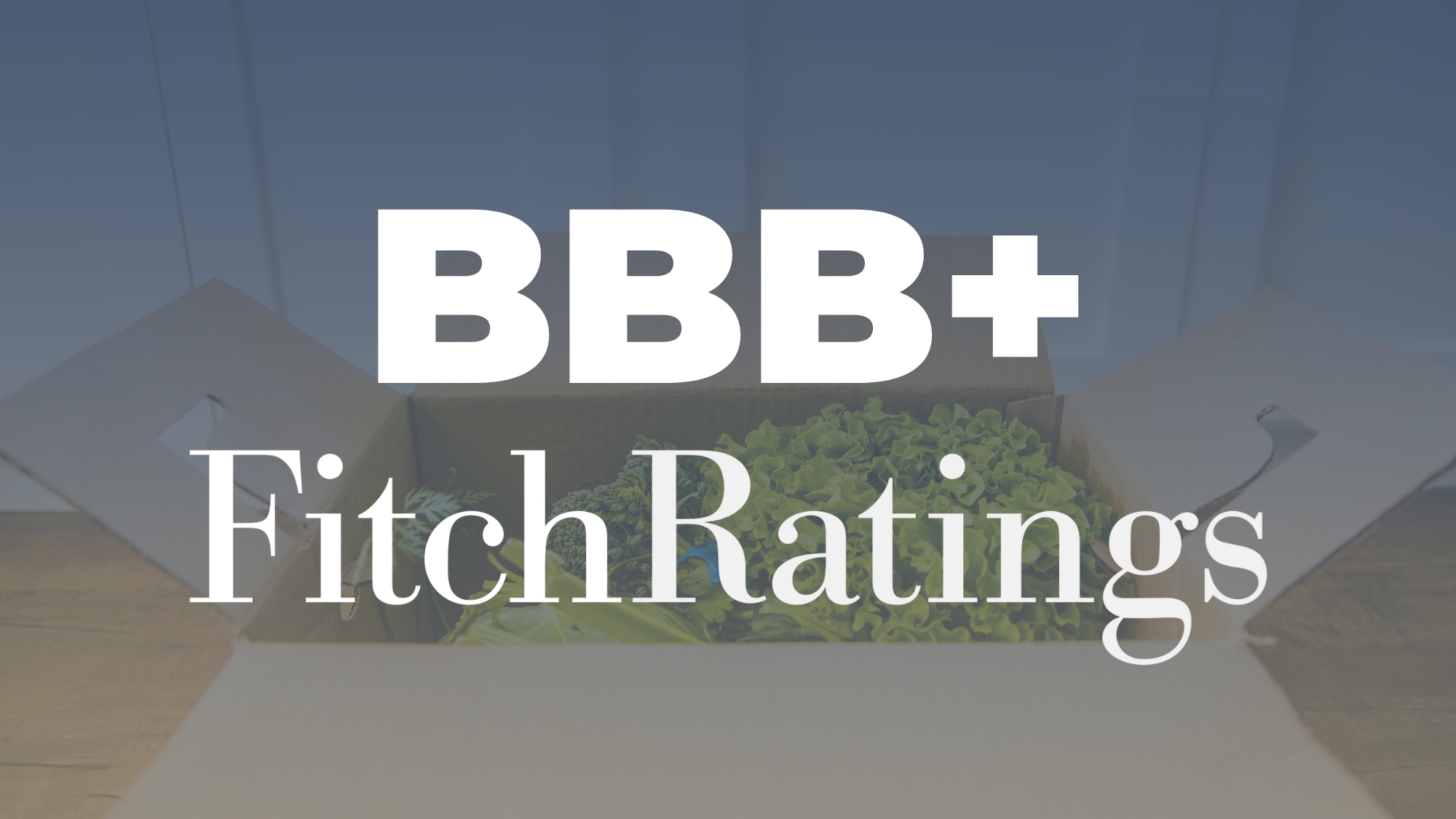
READ MORE
March 14, 2024
SUPR announces 2023 Interim Results
We are pleased to announce our interim results for the six months ending 31 December 2023.
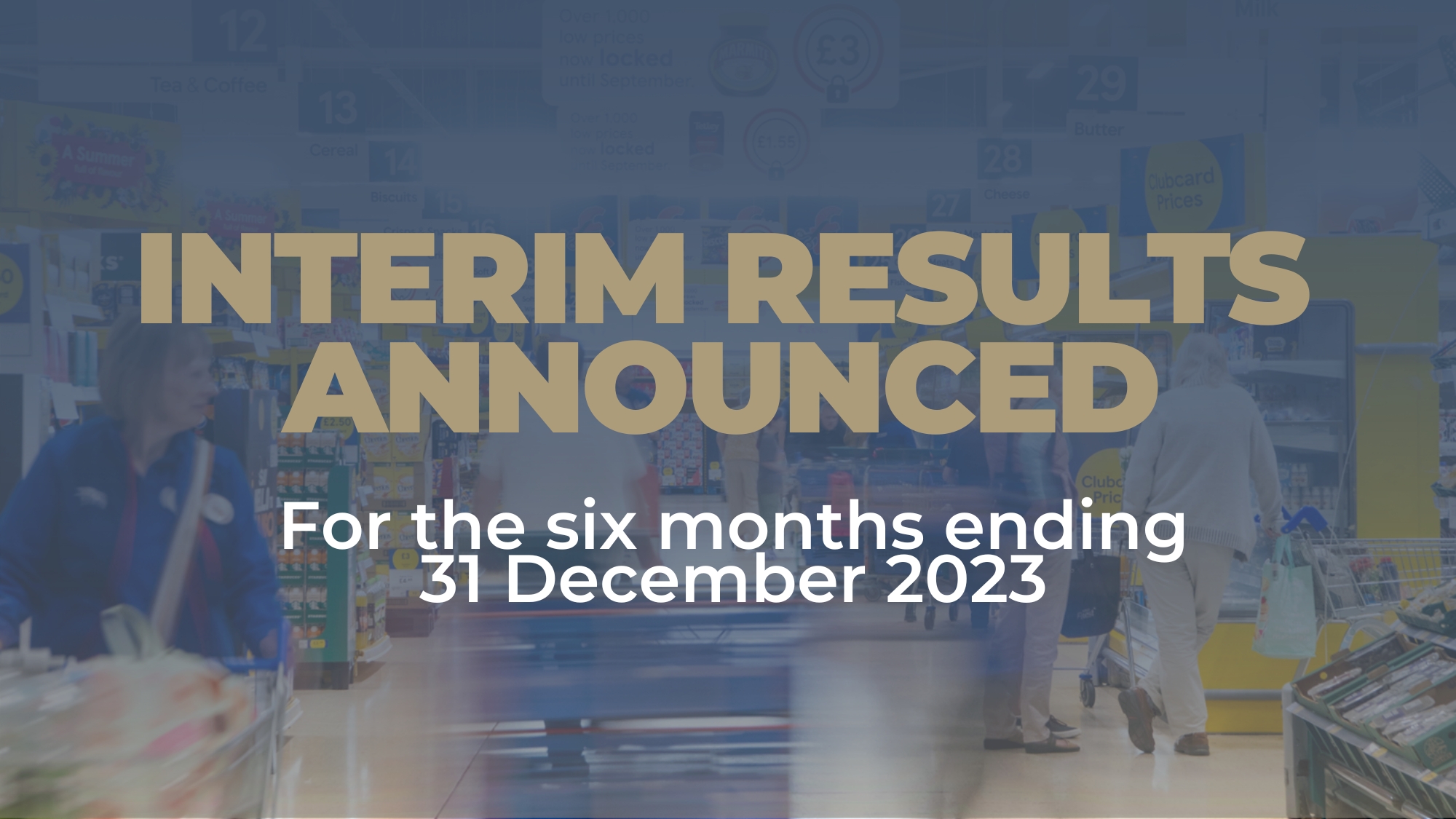
READ MORE
March 13, 2024
Adaptive Retail, the Next Evolution in Shopping: as defined by Walmart
“There’s never been a more transformational change in our supply chain like right now”

READ MORE
January 18, 2024
How online grocers failed to topple bricks and mortar rivals
"Experts believe that multichannel retailers — those that sell both online and offline — will be the real winners over the coming years....

READ MORE
January 16, 2024
Trading updates from SUPR tenants show resilience
SUPR's tenants have recently reported some very impressive trading performance over the Christmas period, highlighting the strength of the s...
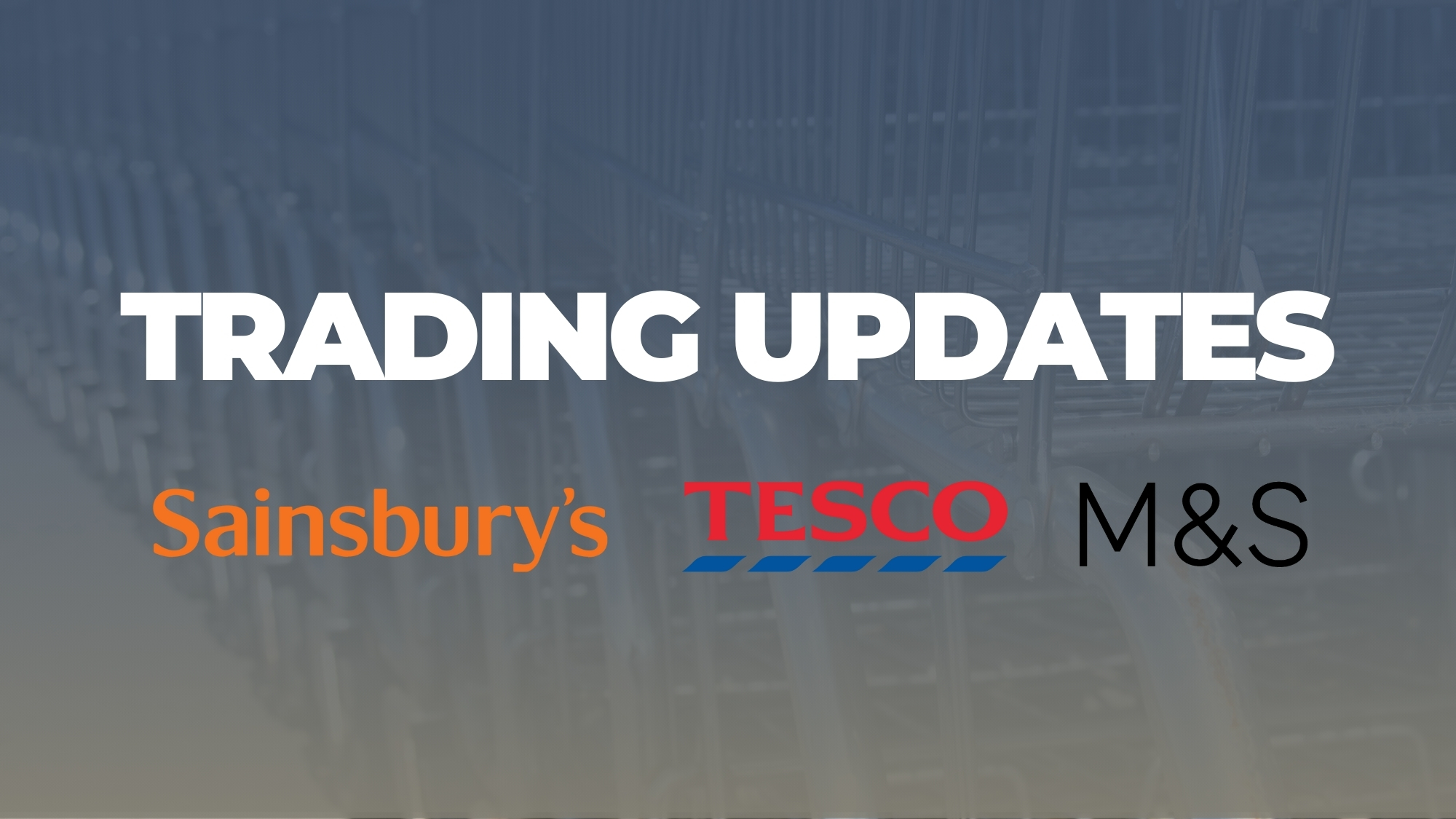
READ MORE
January 15, 2024
£34.7 million Supermarket Acquisition
We are delighted to announce the acquisition of a @Tesco in Stoke-on-Trent, Staffordshire, for £34.7 million / 7.5% NIY.

Fitch Affirms Supermarket Income REIT plc at ‘BBB+’; Outlook Stable
Fitch Ratings has affirmed Supermarket Income REIT plc’s Long-Term Issuer Default Rating at ‘BBB+’ with a Stable Outlook.


